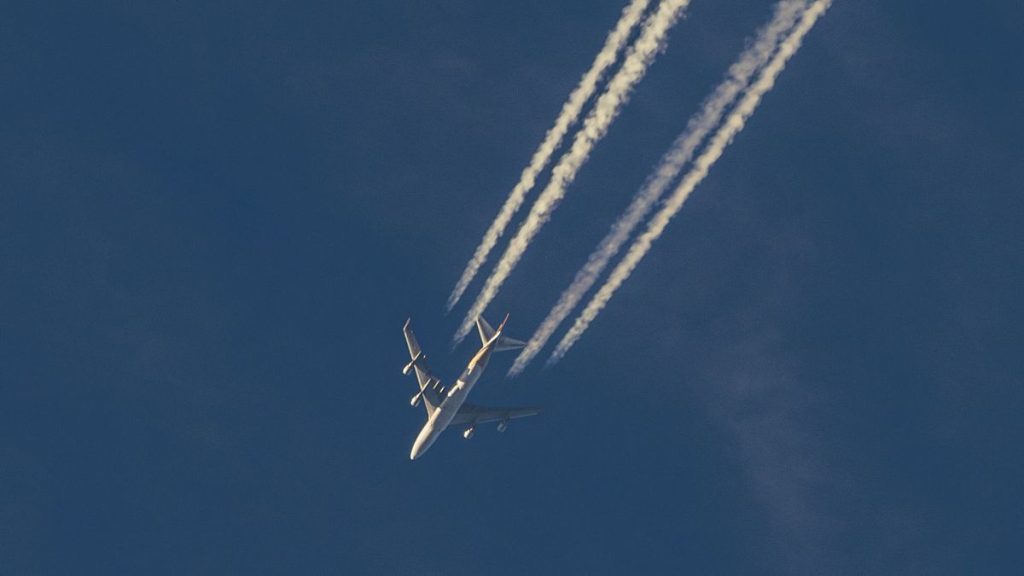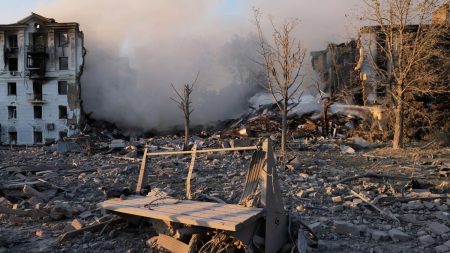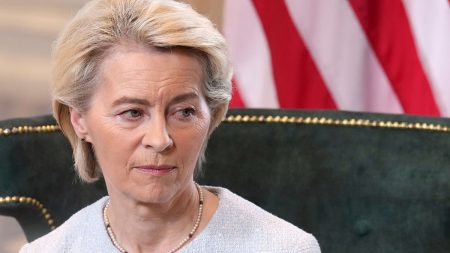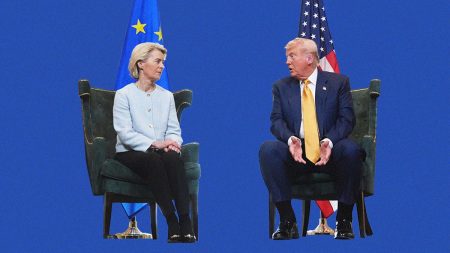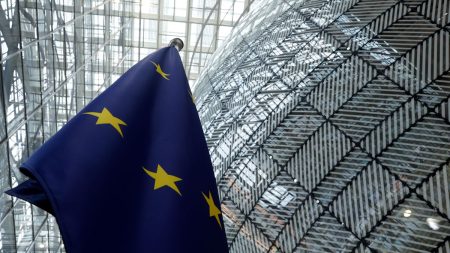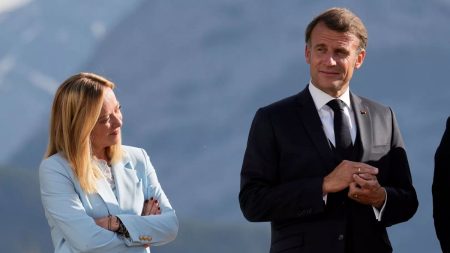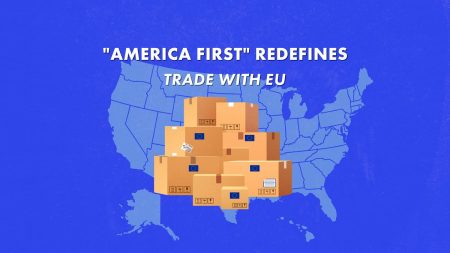The resurgence of the chemtrail conspiracy theory has found a new platform in a satirical news report misrepresented as factual. This fabricated report, circulating widely on social media, depicts a former Lufthansa pilot suing the airline for unfair dismissal after allegedly refusing to release chemtrails. The video portrays the pilot as a whistleblower, claiming Lufthansa faced hefty fines from “secret world governments” for failing to meet its supposed chemtrail obligations. This narrative fuels the existing conspiracy theory, with many viewers accepting the video as genuine evidence of elite manipulation and control. However, a closer examination reveals the satirical nature of the report, highlighting the dangers of misinformation spread through social media.
The core of the chemtrail conspiracy theory alleges that the condensation trails left by airplanes are not harmless water vapor but rather chemical agents deliberately released for nefarious purposes. These alleged purposes range from weather modification and population control to psychological manipulation and even chemical warfare. This theory, despite being debunked repeatedly by scientific evidence, persists and finds fertile ground in online communities prone to distrusting established authorities. The viral video exploits this pre-existing belief system, leveraging the format of a news report to lend an air of credibility to the fabricated story.
The video itself originates from Der Postillon, a German satirical website known for its humorous and often outlandish news parodies. The website clearly identifies itself as a source of satire, stating unequivocally that all its content is fictional and any resemblance to real events or individuals is purely coincidental. Despite this clear disclaimer, the video has been stripped of its satirical context and presented as genuine news, demonstrating how easily misinformation can be propagated and amplified on social media platforms.
The misinterpretation of the satirical video underscores the challenges of combating misinformation in the digital age. The rapid spread of information, coupled with the lack of critical evaluation, allows fabricated narratives to gain traction and influence public perception. The chemtrail video, in particular, preys on existing anxieties and distrust, providing seemingly concrete evidence for those already inclined to believe in the conspiracy theory. This incident serves as a stark reminder of the importance of media literacy and the need to verify information from reliable sources.
Further analysis of the viral video reveals several telltale signs of its satirical nature. The exaggerated claims, the inclusion of a supposed “expert” making outlandish statements, and the overall tone of the report should raise red flags for discerning viewers. Moreover, a simple reverse image search of frames from the video leads directly to the Der Postillon website, confirming its origin and satirical intent. The website’s FAQ section explicitly states that all its content is fabricated, emphasizing the importance of recognizing satire and not taking it at face value.
The proliferation of the chemtrail video as genuine news highlights the crucial role of critical thinking and media literacy in navigating the digital landscape. It emphasizes the need to verify information from credible sources and to be wary of narratives that confirm pre-existing biases. The incident also underscores the responsibility of social media platforms in addressing the spread of misinformation and providing users with tools to identify and flag potentially false or misleading content. Combating the spread of disinformation requires a multi-faceted approach involving individual responsibility, platform accountability, and ongoing efforts to promote media literacy and critical thinking skills.




